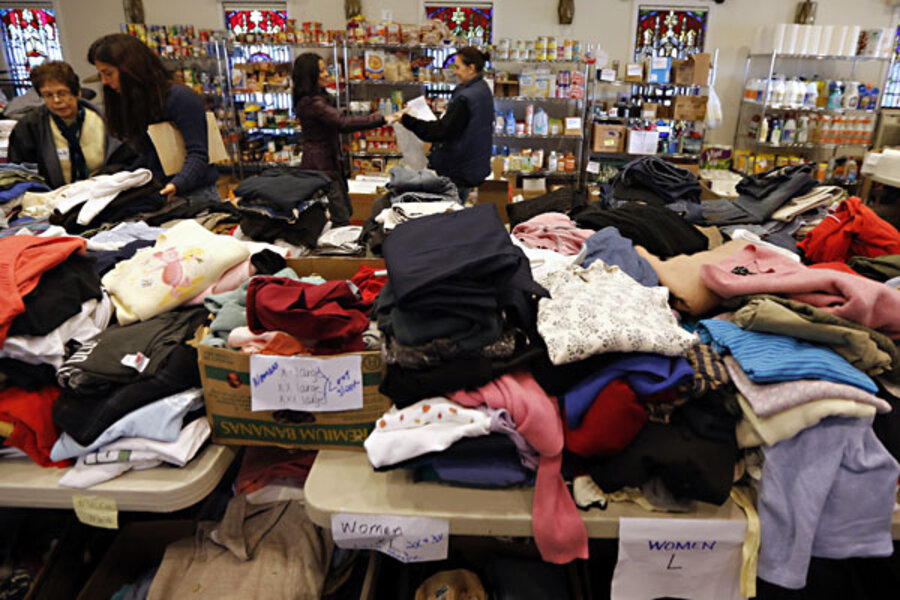Jobless claims hit 18-month high thanks to Superstorm Sandy
Loading...
| Washington
Superstorm Sandy drove the number of Americans seeking unemployment benefits up to a seasonally adjusted 439,000 last week, the highest level in 18 months.
The Labor Department said Thursday that weekly applications increased by 78,000 mostly because a large number of applications were filed in states damaged by the storm. People can claim unemployment benefits if their workplaces close and they don't get paid.
The storm has affected the claims data for the past two weeks and may distort reports for another two weeks, the department has said.
Sal Guatieri, an economist at BMO Capital Markets, said that a similar jump in applications occurred after Hurricane Katrina in 2005.
"We should see a full retracement of this increase in coming weeks," he said. Applications were declining before the storm, he added, "though levels are consistent with moderate, rather than strong, job growth."
The four-week average of applications, a less volatile number, increased to 383,750.
Superstorm Sandy hit the East Coast on Oct. 29 and disrupted businesses from North Carolina to Maine. The storm also cut power to roughly 8.5 million homes and businesses in 10 states. Some are still without power.
Before the storm distorted the figures, weekly applications had fluctuated between 360,000 and 390,000 since January. At the same time, employers have added an average of nearly 157,000 jobs a month. That's barely enough to lower the unemployment rate, which was 7.9 percent in October.
There are some signs that the job market is improving. Employers added 171,000 jobs in October and hiring in August and September was stronger than first estimated. The economy has gained an average of 173,000 jobs a month since July. That's up from an average of 67,000 a month in April through June.
The unemployment rate rose slightly in October from 7.8 percent in the previous month because more Americans began looking for work. That suggest some felt their chances of finding a job had improved. Not all of them found jobs, which pushed up the unemployment rate. The government only counts people as unemployed if they are actively searching for work.
The number of people continuing to receive benefits fell about 100,000 to just under 5 million in the week ended Oct. 27, the latest data available. Some of those no longer receiving benefits may have gotten jobs. But many have used up all the benefits available.
The economy appears to have grown faster over the summer than first thought, based on a handful of positive September reports on inventory growth and trade released this month. Many economists now predict growth at an annual rate of roughly 3 percent in the July-September quarter, up from the initial estimate of 2 percent reported last month.
The government releases its second estimate for third-quarter growth on Nov. 29.
Still, many economists say the economy is growing in the current October-December quarter at a weak annual rate below 2 percent.
The storm combined with cautious consumers to lower retail sales in October. Consumers may also be holding back because of anxiety over big tax increases and spending cuts — known as the "fiscal cliff" — that will take effect in January unless Congress and the White House reach a budget deal by then. Many companies are likely to scale back hiring and investment, too, until the fiscal cliff debate is resolved.





